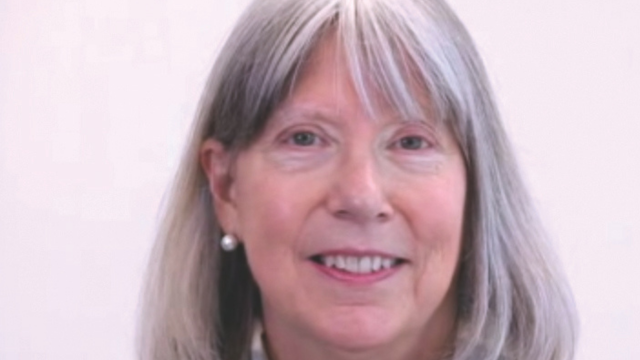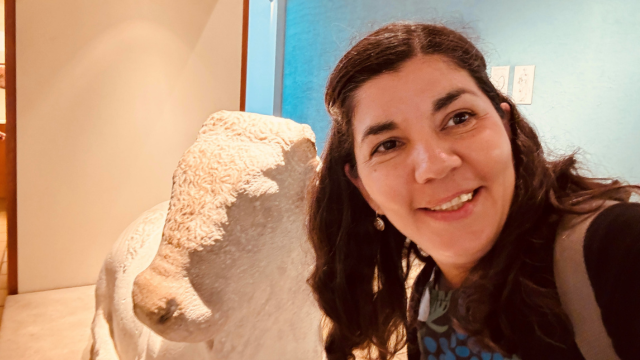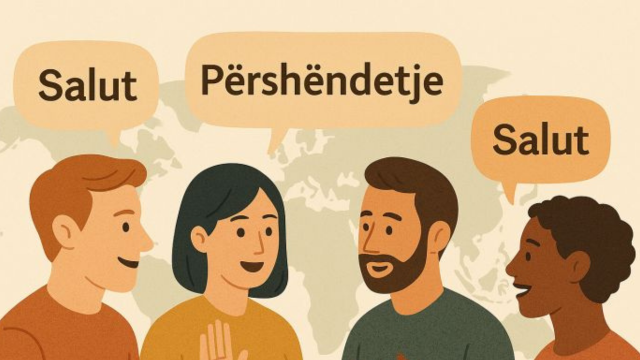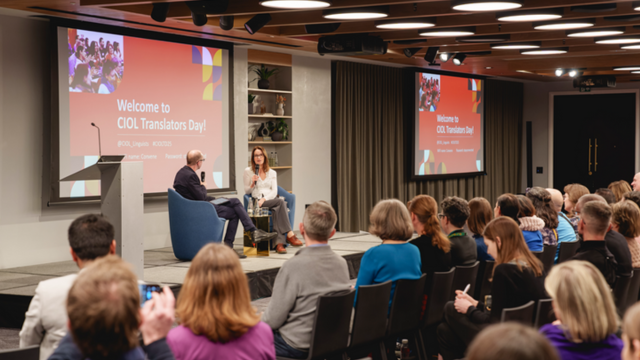-
QUALIFICATIONS
- For Linguists Worldwide
- For UK Public Services
- Preparation
- Policies & Regulation
-
MEMBERSHIP
- Join CIOL
- Professional Membership
- Affiliate Membership
- Chartered Linguist
- Already a member?
- Professional conduct
- Business & Corporate Partners
-
LANGUAGE ASSESSMENTS
- English
- All Other Languages
-
EVENTS & CPD
- Webinars & Events
- CIOL Conferences
- Networks
- CIOL Mentoring
-
NEWS & VOICES
- News & Voices
- CIOL eNews
- CIOL Awards
- The Linguist Magazine
- Jobs & Ads
-
RESOURCES
- For Translators & Interpreters
- For Universities & Students
- Standards & Norms
- CIOL & AI
- All Party Parliamentary Group
- In the UK
- UK Public Services
- Find-a-Linguist
Translators, it’s time to step out of the shadows
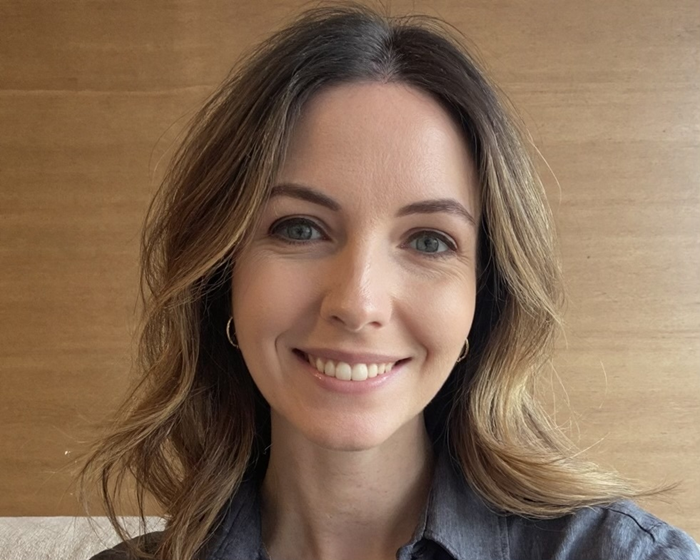
By Cat Burns
It is no secret that the role of translators is evolving, and quickly. Linguists have always needed to be agile and adaptable, but in a world increasingly influenced by machine translation and artificial intelligence, apprehension about the impacts of automation on the profession has grown. As a vendor manager at an LSP, I’ve witnessed this uncertainty amongst our freelancers at first hand, but I’m also positioned to see things from the buyers’ perspective. And whilst clients embrace AI as a tool for perceived efficiency and cost savings, many remain conscious of its limitations and the importance of true human oversight. Where they previously looked to translators purely for their language skills, some are now searching for cultural expertise: strategic partners who bring not only linguistic precision but also local knowledge, market insight and human intuition. Every good translator has these attributes but has perhaps not previously felt the need to shout about them.
Cultural familiarity is your superpower
Regardless of how ‘good’ the AI output is, many clients are still aware that success in a new market isn’t just about translating words. They need a real person in the target market who can answer those critical questions: Does this actually work? Will the tone resonate? Will this reference make sense? Will that joke land, or fall flat? Will this enhance our appeal, or detract from it? These are the kinds of decisions that no AI, no matter how sophisticated, can make independently. Translators who are deeply familiar with the target market are invaluable here, acting as both linguist and advisor, helping clients tailor content in a way that feels natural and persuasive to a new audience.
Human-in-the-loop: beyond post-editing
The rise of AI forces us to think hard about what roles machines could take on, and what remains uniquely human. A low visibility text or one needed purely for information may require minimal to no human input, but AI struggles with linguistic tasks that call for creativity and subtlety. It’s therefore important to employ AI judiciously, and achieving the right balance may take time to work out. It will depend a lot on the content, quality expectations and desired outcome of each translation, but when originality and inventiveness are crucial to the impact of the target text, human input is vital.
That input doesn’t have to stop at post-editing.
Some clients value added insight and are looking for translators who go beyond the text and act as language consultants. For those buyers, the translation step is no longer viewed as a “one-and-done” task but as part of a broader collaboration that includes pre- and post-translation consultation, localisation guidance, and even marketing input.
Clients want to meet the "humans”
Interestingly, as AI continues to dominate headlines, we see an increase in clients wanting to learn more about the person behind the work. They ask to meet their linguists on calls, see their CVs, and have real-time discussions about their projects. They recognise the linguist’s important role and want to collaborate with them like an extended member of their team.
Perhaps this is to some extent a need for proof that a human is involved and that someone with expertise is helping shape their message with care, rather than simply pushing it through a machine. However, this also gives them the opportunity to ask questions and be asked questions. These clients care deeply about how their words are handled and understand that translation is about more than just accuracy – it’s about faithfully adapting their voice and intention for a different audience. And it gives translators an opportunity to really show their value.
Translators, step into the spotlight!
Many translators, especially those with years in the industry, have become accustomed to working their magic behind the scenes. The traditional approach often treats translation as a transactional service, with less emphasis on highlighting the translator’s process, but that can change with this sort of dialogue.
So, my advice to translators is to actively seek out opportunities to play a more visible role, speak face-to-face with clients, and advocate for the best linguistic and cultural choices. This way you can demonstrate that your expertise isn’t just nice to have, or something AI can replace; it’s central to your value and something your clients can’t risk missing out on.
 Cat Burns is the Talent Programme Manager at Sandberg Translation Partners, where she leads vendor management and supports a global pool of freelance language professionals. With over a decade of experience in the localisation industry, working across diverse roles in project management, translation, team leadership and vendor management, she has developed a broad perspective on the challenges and opportunities shaping the field for translators, language service providers and clients today. She is passionate about helping translators grow and thrive in an ever-evolving localisation landscape.
Cat Burns is the Talent Programme Manager at Sandberg Translation Partners, where she leads vendor management and supports a global pool of freelance language professionals. With over a decade of experience in the localisation industry, working across diverse roles in project management, translation, team leadership and vendor management, she has developed a broad perspective on the challenges and opportunities shaping the field for translators, language service providers and clients today. She is passionate about helping translators grow and thrive in an ever-evolving localisation landscape.
You can find and follow her on Linkedin.
Views expressed on CIOL Voices are those of the writer and may not represent those of the wider membership or CIOL.
More
The Chartered Institute of Linguists (CIOL), Incorporated by Royal Charter, Registered in England and Wales Number RC 000808 and the IoL Educational Trust (IoLET), trading as CIOL Qualifications, Company limited by Guarantee, Registered in England and Wales Number 04297497 and Registered Charity Number 1090263. CIOL is a not-for-profit organisation.


